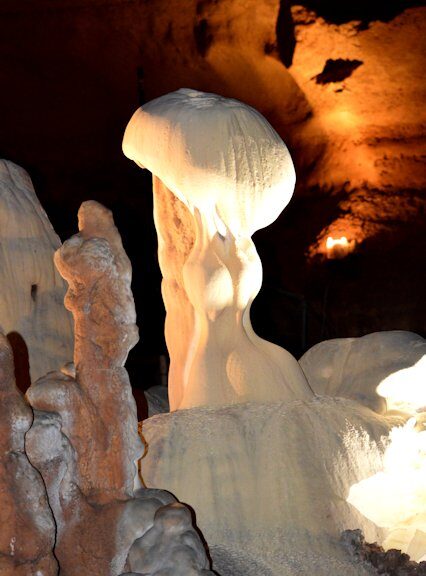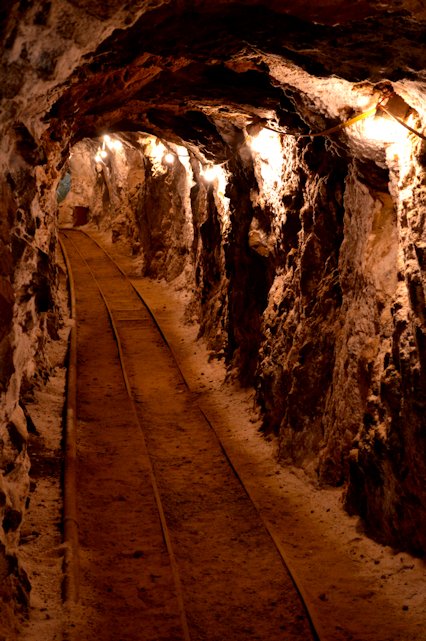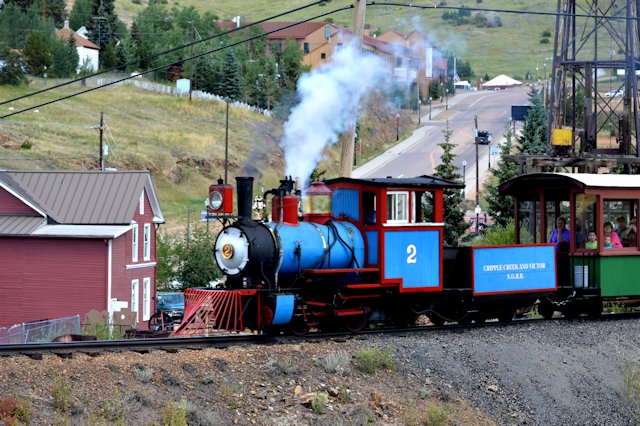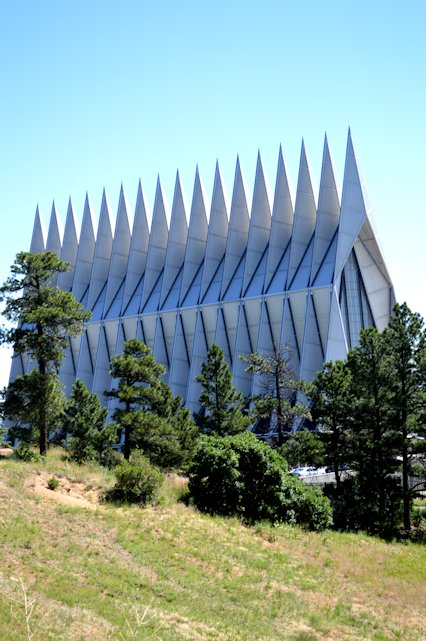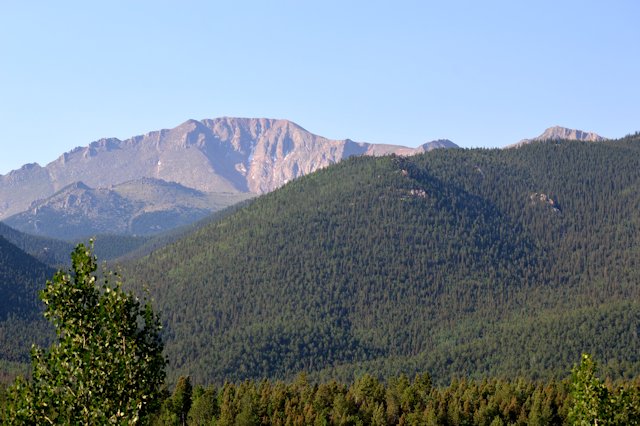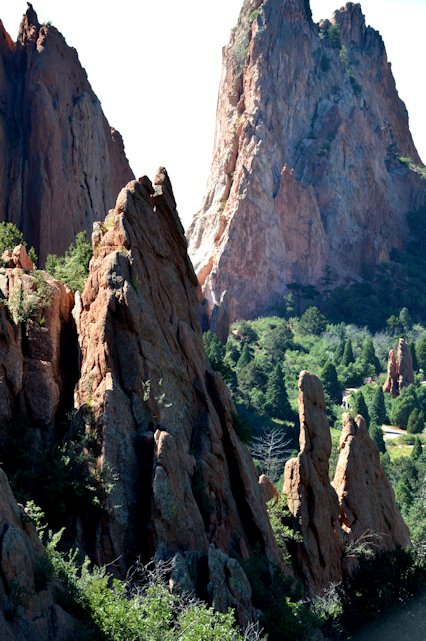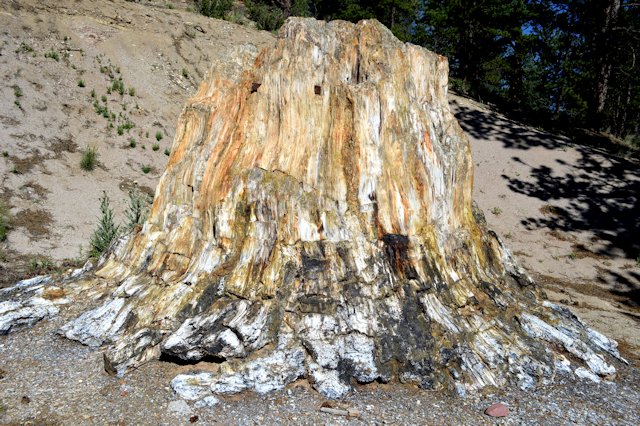The Cave without a Name is a natural limestone solutional cave in central Texas. It is about 60 feet below the surface and has numerous formations. It has several fairly large rooms as well as narrow passages. There was one passage of about 20 feet where you have to bend at the waist, but it was wide so I didn’t get too claustrophobic.
The cave is privately owned and operated. When it was first discovered and opened to the public the owner didn’t know what to call it, so it was called Cave without a Name for several years. Then the owner held a contest to give it a name and offered what was a large reward in that time (about the 1920s). He renamed it but the local people and a lot of tourists thought it was a new cave and were not happy to find it was the same cave they had previously visited. So, the owner put the original name back.
Here are some pictures:

